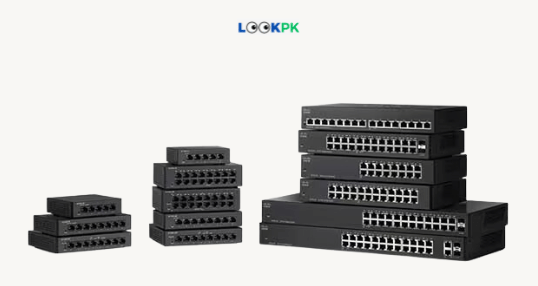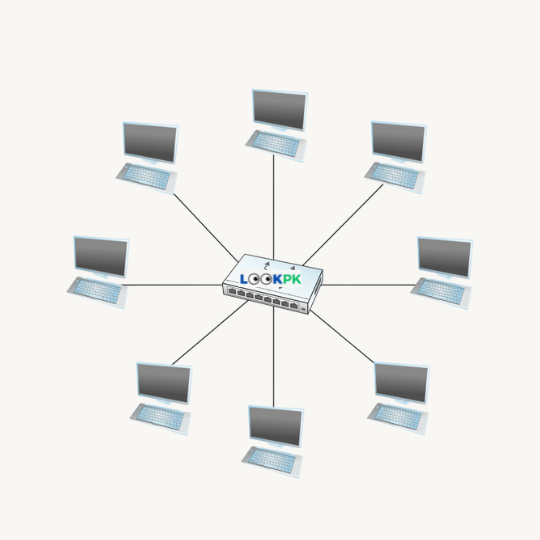In the world of computer networking, a network switch is a fundamental and crucial piece of equipment that plays a pivotal role in connecting devices within a local area network (LAN) or even larger networks. It is a powerful hardware device that facilitates the efficient and secure transfer of data between multiple devices such as computers, servers, printers, and other network-enabled devices. This article will provide an in-depth explanation of what a network switch is, how it works, and the different types available.
A network switch is an equipment that allows two or more IT devices, such as computers, to communicate with one another. Connecting multiple IT devices together creates a communications network. Compute, print, server, file storage, Internet access, and other IT resources can be shared across the network.

Definition of a Network Switch
A network switch is a specialized computer networking device that operates at the data link layer (Layer 2) and sometimes the network layer (Layer 3) of the OSI (Open Systems Interconnection) model. Its primary function is to connect devices on a local network, such as an office or home network, and forward data packets between them. Unlike a hub, which broadcasts data to all connected devices, a network switch intelligently directs data packets only to the intended destination device, enhancing network efficiency and security.
How a Network Switch Works
When a device connected to a network switch sends data to another device on the same network, the switch examines the destination MAC (Media Access Control) address of the data packet. The MAC address is a unique identifier assigned to each network interface card (NIC) on a device. The switch then uses its internal forwarding table, known as the MAC address table or CAM (Content Addressable Memory) table, to determine the appropriate port to which the data should be sent.
If the MAC address is not found in the table, the switch will flood the data to all its ports except for the one from which the data originated. This process ensures that the data reaches the intended recipient even if the switch is not aware of the MAC address at that moment. Once the recipient’s MAC address is learned, it is added to the switch’s MAC address table for future reference, optimizing data transmission for subsequent communications.

Types of Network Switches
Network switches come in various types, each catering to specific network requirements. Here are some common types of network switches:
- Unmanaged Switch: An unmanaged switch is a basic plug-and-play device that requires no configuration. It is ideal for small networks with minimal traffic management needs. Unmanaged switches are cost-effective and straightforward to set up, making them suitable for home and small office networks.
- Managed Switch: A managed switch provides advanced configuration options and network management features. Network administrators can configure settings, such as VLANs (Virtual Local Area Networks), QoS (Quality of Service), and security protocols. Managed switches offer greater control over network traffic and are commonly used in medium to large-scale enterprise networks.
- Layer 2 Switch: A Layer 2 switch operates at the data link layer (Layer 2) of the OSI model. It uses MAC addresses to forward data packets within the local network.
- Layer 3 Switch: Also known as a multilayer switch, a Layer 3 switch operates at both the data link layer (Layer 2) and the network layer (Layer 3). It can perform routing functions, making it capable of handling inter-VLAN routing and improving network performance.
- PoE (Power over Ethernet) Switch: A PoE switch can deliver power to connected devices, such as IP cameras, wireless access points, and VoIP phones, over the Ethernet cable. This eliminates the need for separate power sources for these devices, simplifying installations.
- Stackable Switch: Stackable switches allow multiple switches to be connected and managed as a single logical unit. This simplifies network management and enhances scalability, making it easier to expand the network as needed.
Conclusion
A network switch is an indispensable device that facilitates the efficient transfer of data within a local area network. By intelligently forwarding data packets based on MAC addresses, a network switch enhances network performance, security, and overall reliability. The different types of network switches cater to varying network requirements, making it possible to design and implement networks of all sizes with optimal efficiency and functionality. As technology continues to evolve, network switches will remain a critical component in building robust and interconnected networks for the digital age.

